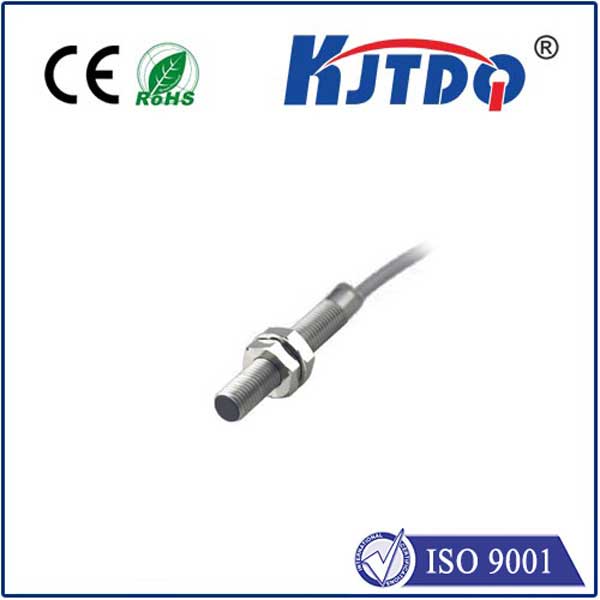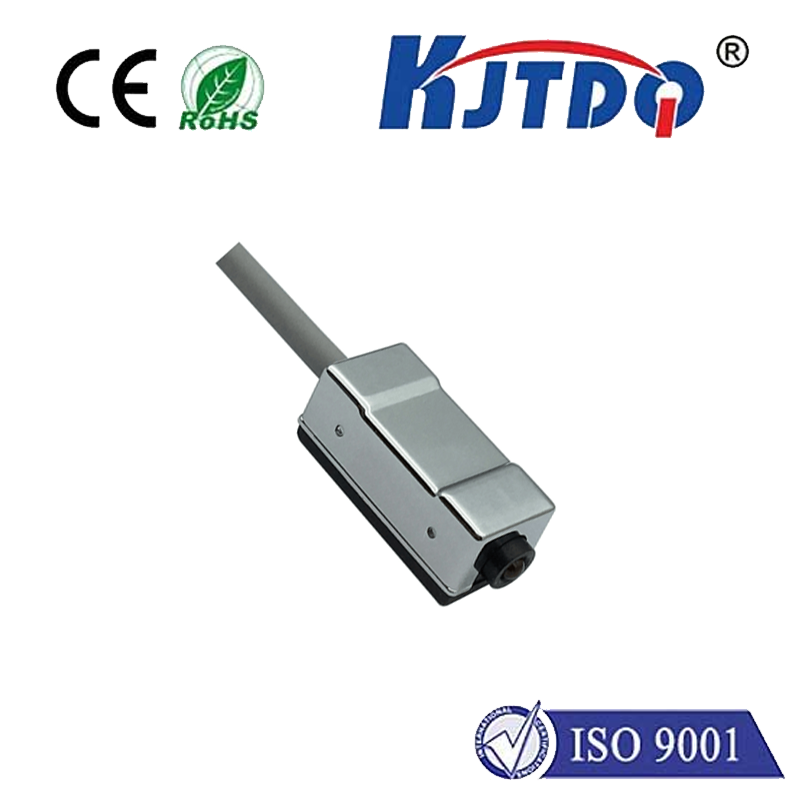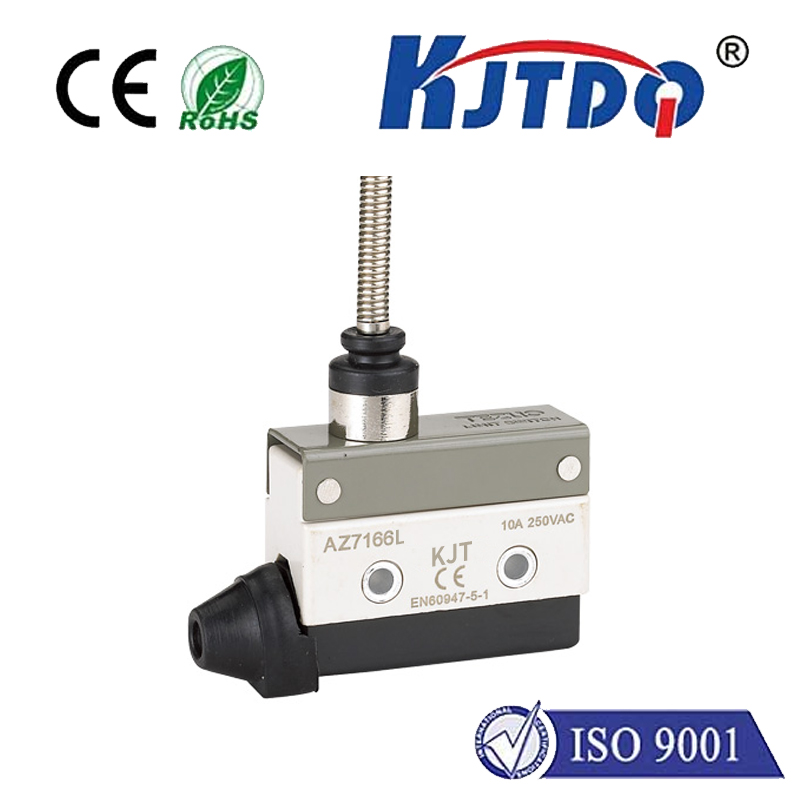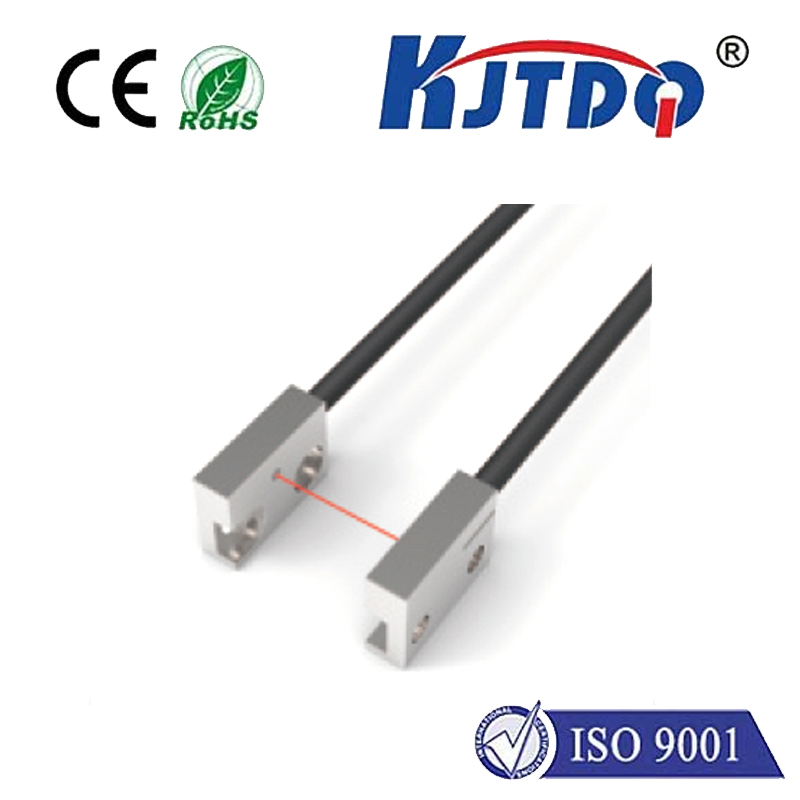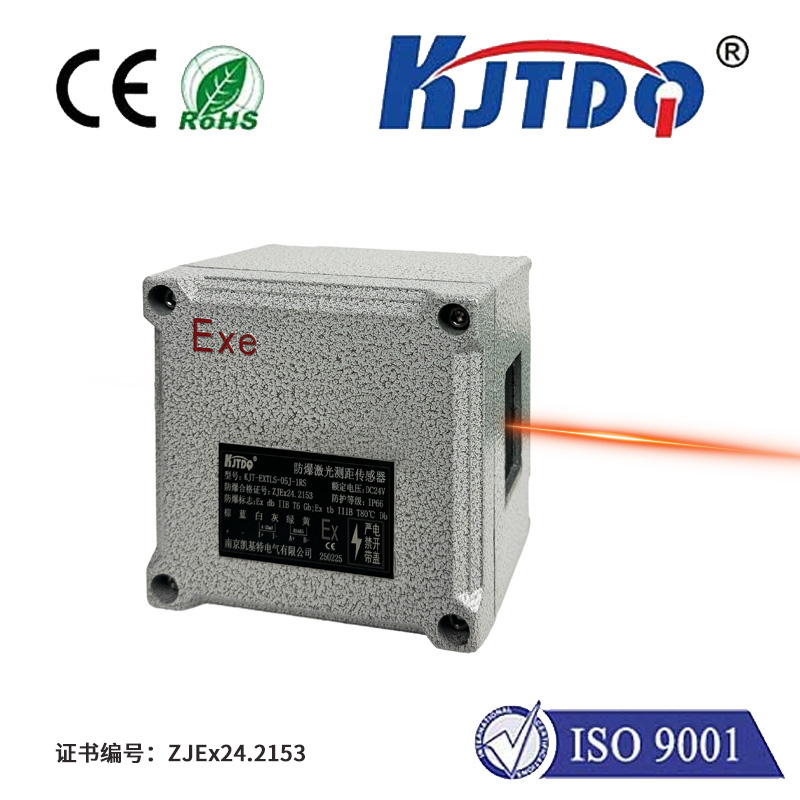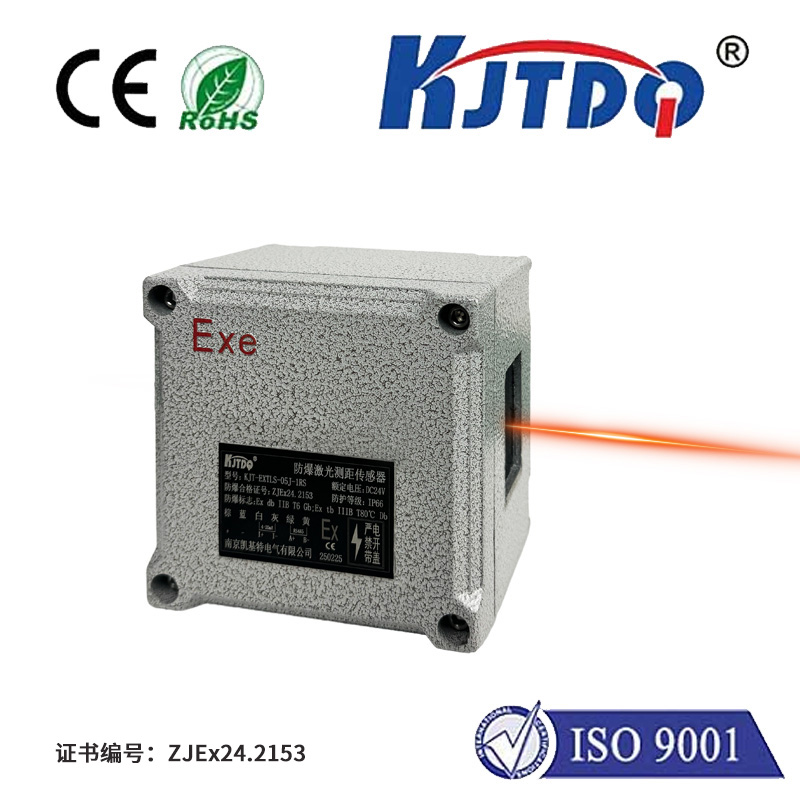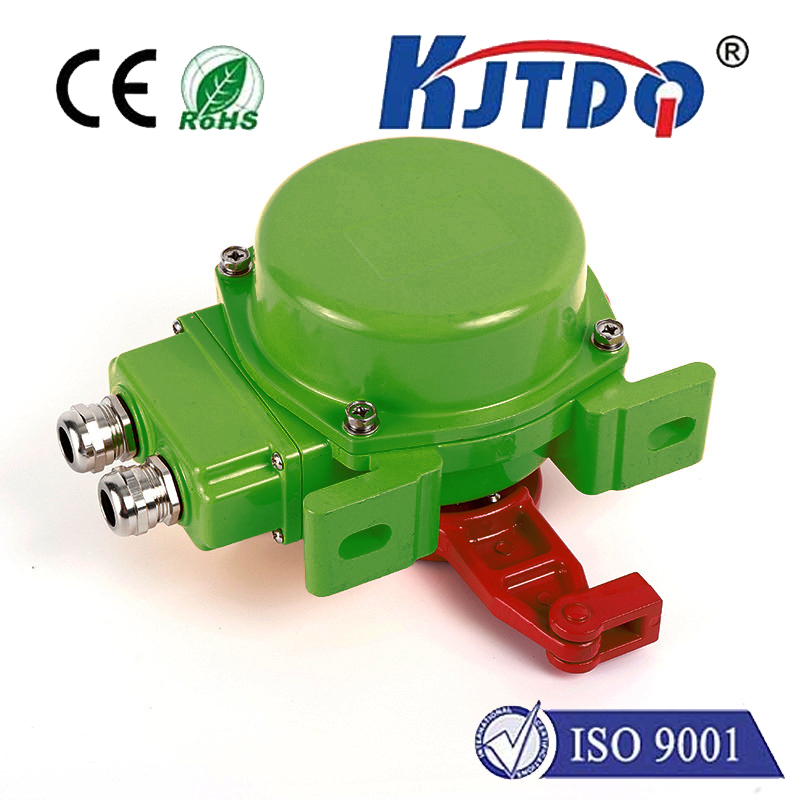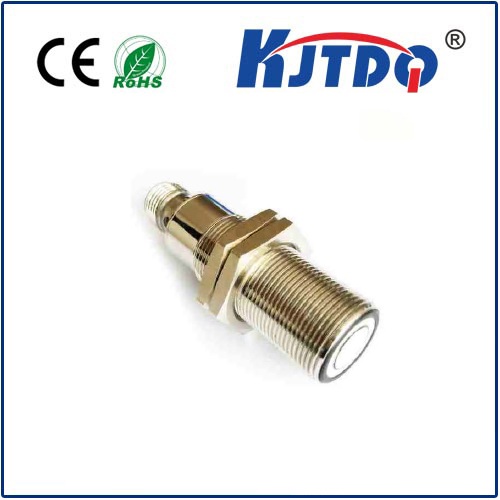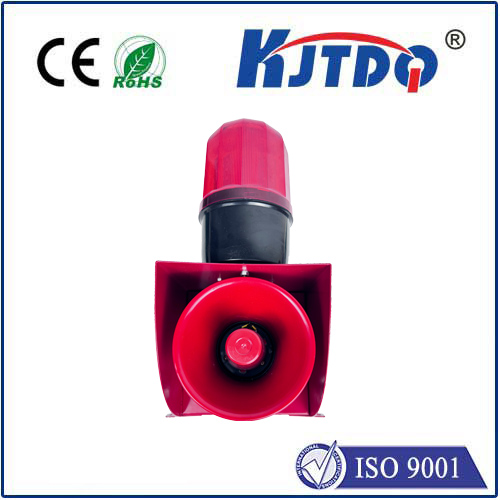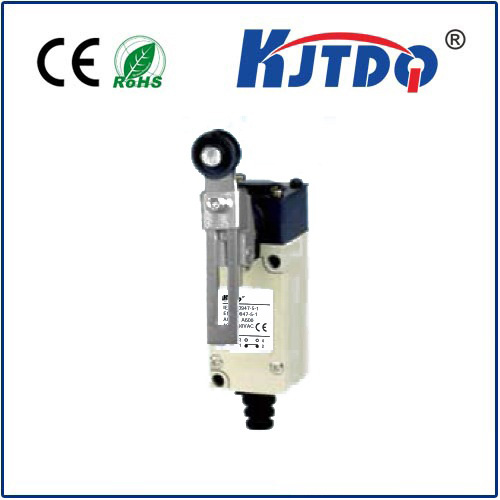
check

check

check

check
Proximity sensors, also known as magnetic switches or inductive proximity sensors, are devices that detect the presence or absence of an object without physical contact. They work on the principle of electromagnetic induction, where a change in magnetic field causes a voltage to be generated in the circuit. In the case of normal closed proximity sensors, the sensor has two metal contacts that are closed when there is no electrical current flowing through them. When an object comes into contact with the sensor, it causes a change in the magnetic field, which opens the contacts and allows current to flow. This triggers an output signal that can be used to control other devices or systems.
Normal closed proximity sensors have several advantages over other types of proximity sensors. They have a higher accuracy and a faster response time, making them ideal for applications where speed and precision are important. They are also very small and compact, making them easy to integrate into various devices and systems. Some common applications of normal closed proximity sensors include access control systems, automatic door locks, automotive safety systems, and industrial automation.
In conclusion, normal closed proximity sensors are a versatile and reliable technology that has found wide applications in various industries. By understanding how they work and their capabilities, we can better appreciate their importance in today's interconnected world
